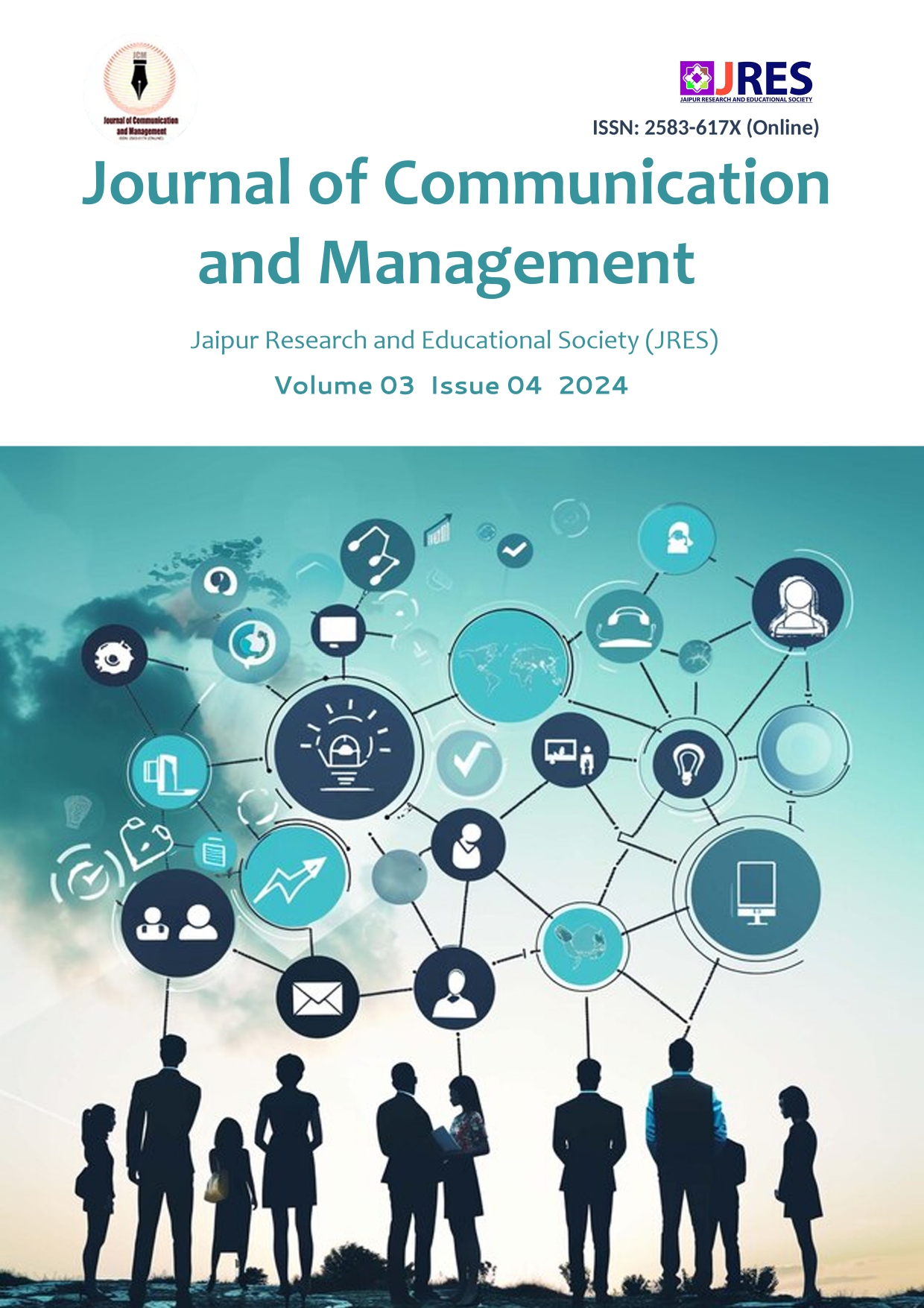Role of Artificial Intelligence in Promotion of Indian Art Culture
DOI:
https://doi.org/10.58966/JCM2024329Abstract
Both artificial intelligence (ठजप्पिप्पन्स प्ज्ञामसपहमद्बम) and culture are important hallmarks of modern times. On the one hand, while artificial intelligence attempts to mimic human intelligence, on the other hand, culture studies a person's life, language, and cultural characteristics. With the adjustment of these two, a new direction and approach is emerging in the art field which is contributing significantly to the development of our society and culture. The relationship between artificial intelligence and Indian art culture has shown a new direction that is taking Indian cultural heritage forward with modernity. This relationship not only helps in giving purpose to Indian literature and art, but also presents the diversity and richness of India to the world. The matching of artificial intelligence and Indian art culture makes it clear that the use of technology gives a new dimension to art, opening the way to artistic prosperity. This relationship has made the art more effective and unique and has also maintained the important role of Indian culture. This has not only helped in the development of Indian art culture, but has also provided a medium to take it to a higher level, through which Indian art culture can keep pace with the modern world. Artificial intelligence has also begun to be used in art culture, such as techniques for conducting cultural research on color, form, and dimension. This is giving a new direction to the diversity and richness of art and new and special forms are emerging in art craftsmanship. The modern technological contribution of this matching of artificial intelligence and art culture is opening new dimensions of art. For example, artificial intelligence is being used in painting and graphics design, creating new experiences, especially in the 3D and virtual art fields. Artificial intelligence and art culture together are opening the way to new possibilities. Both these sectors are making important contributions in building a strong and prosperous society and helping in the preservation, promotion and development of culture. The presented research article discusses in detail how artificial intelligence can play an important role in the preservation and development of Indian art culture.





